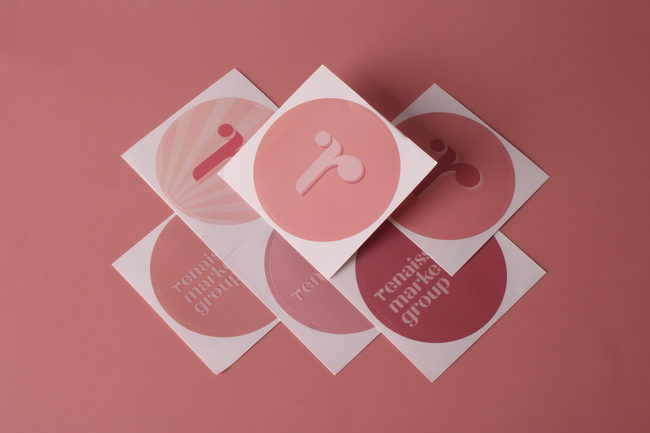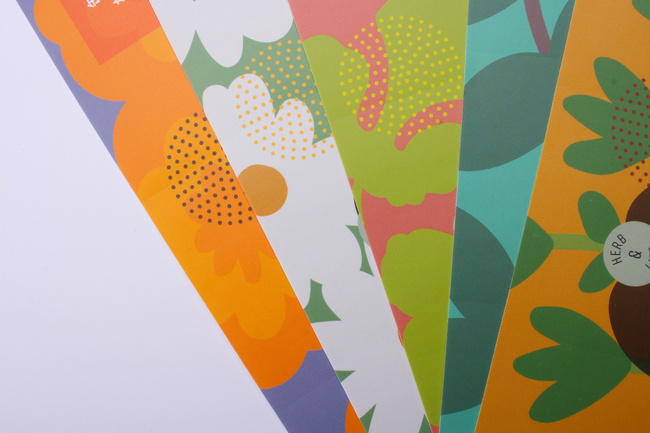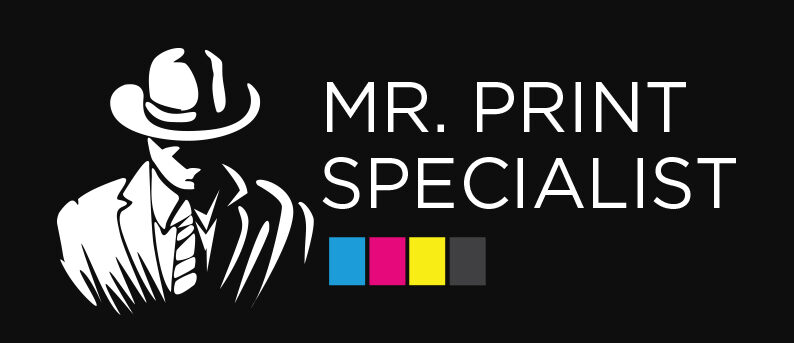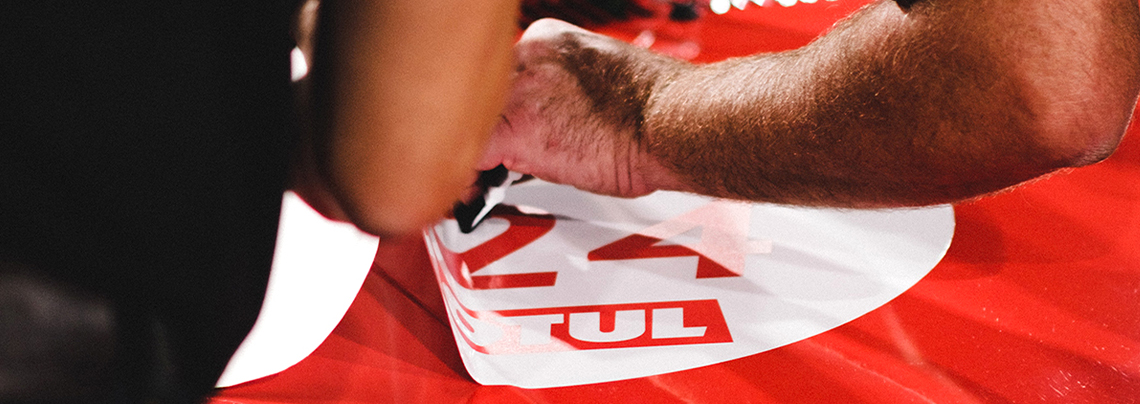The elements of design oversee the different aspect choices done by designers to engage the person who sees their work. This guide discusses each element and what they’re about.
Design is something beautiful that we see each and every day. Different messages are sent with every advert or even building you see. All have specific strategies and concepts that appeal to your inner psyche. Due to humans being primarily visual creatures, things that make a visual impression will be remembered for a long time.
In business, designs are a way of life and important to the success gained. Each business which takes this seriously has found success. Using the customer’s preference and interest as a reference, you can make your brand appeal to a larger audience. There are different methods that you can take in order to succeed. But the key to each of your marketing campaigns is making use of great designers.
To help you start out, you can use this guide to learn about the basics of the elements of design.
Lines
You can call the line the starting point for every designer. This element is one of the most essential ones and is commonly seen no matter what project is being made. A line will always be longer than its thickness. You can use broken, unbroken, or implied lines for your concepts. Though this is the most basic element, lines can have a significant impact on the viewer.
The right combination of lines can create texture for your designs, rather than just being lines. Creating texture is one of the important elements of design that we’ll be talking about later on in the blog. Using lines to add some texture to your design helps you kill birds with one stone.
Depending on the type of line you create and use, you can convey different moods for people who see it. A simple line can mean a lot. For example, a squiggly line is associated with youth and fun.

Shapes
Everything in this world is made up of different shapes. Thus, every element is, in some way or another, a shape. This element can appear in any form. Whether you want to see an organic or abstract shape, it’s all up to you. Each has its own advantages and disadvantages. You can highlight this element by using creative shapes for your company’s logo.
When using vinyl stickers for promotion, you can choose to use different shape designs to help your company grow even further.

Space
This element refers to the areas around the main object you have on the design. Rather than being a centre-piece, space plays a supportive role. It highlights the other aspects of the concept, making each of them stand out. Making proper use of this element is a powerful way for you to add emphasis to your designs.
Having too much clutter on the design can overwhelm the viewer’s eyes. You need to find the balance of negative and positive space. Manipulating the objects in a space can create illusions and other visual effects. For example, you can make 2D designs into 3D models by simply using the different aspects of space.

Colour
Similar to shapes, colour is a core element that you need to make use of. While the basics of this element are easy to understand, it can be challenging to fully master and harness. Proper utilisation of this aspect brings the concept together. Sloppy and inappropriate choices can damage your brand.
During a sticker-focused campaign, this element becomes critical. As visual mediums, stickers need to catch the attention of people who pass by. Failing to take advantage of this can lead the campaign to crash and burn. You can try different colours for different scenarios. For example, outdoor stickers need to have a certain colour to keep people from walking past them.

Texture
This element is used to add dimensions to the design. An illustration can look different when you add a little texture in. If you look close enough, this element is where in the world. Proper use of this element will draw or detract the attention of the viewers. You can implement this on your physical products to add a bit more flair to each item.
However, if your brand is only dealing in digital designs, then you can focus on adding the texture to each of the images you have.

Final Thoughts
Designers use most, if not all, of these elements in every project. The best way you can improve and master these is to keep practising and experimenting. Once you get the hang of it, you’ll be able to succeed in growing your business and attracting customers. We also recommend learning about how your design can adapt to something like colour blindness to make your designs even more accessible.




